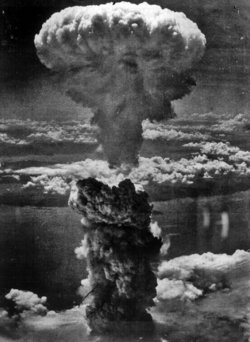Mon Dec 26, 8:35 AM ET
Climate change could thaw the top 11 feet of permafrost in most areas of the Northern Hemisphere by 2100, altering ecosystems across Alaska, Canada and Russia, according to a federal study.
Using supercomputers in the United States and Japan, the study calculated how frozen soil would interact with air temperatures, snow, sea ice changes and other processes. The most extreme scenario involved the melting of the top 11 feet of permafrost, or earth that remains frozen year-round.
"If that much near-surface permafrost thaws, it could release considerable amounts of greenhouse gases into the atmosphere, and that could amplify global warming," said lead author David Lawrence, with the National Center for Atmospheric Research. "We could be underestimating the rate of global temperature increase."
The study was published Dec. 17 in the journal Geophysical Research Letters and presented earlier in the month at a science conference in San Francisco.
A permafrost researcher at the University of Alaska Fairbanks, however, disagrees that the thaw could be so large. Alaska's permafrost won't melt that fast or deep, said Vladimir Romanovsky, who monitors a network of permafrost observatories for the Geophysical Institute.
If air temperatures increase 2 to 4 degrees over the next century, permafrost would begin thawing south of the Brooks Range and start degrading in some places on Alaska's Arctic slope, he said. But a prediction that melting will reach deeply over the entire region goes too far, he said.
The computer climate model didn't consider some natural factors that tend to keep the permafrost cold, Romanovsky said. For example, deeper permafrost, largely untouched by recent warming at the surface, would have an influence.
Lawrence said he hopes to collaborate with Romanovsky to fine-tune future studies to deal with those deeper layers.
LINK-






No comments:
Post a Comment